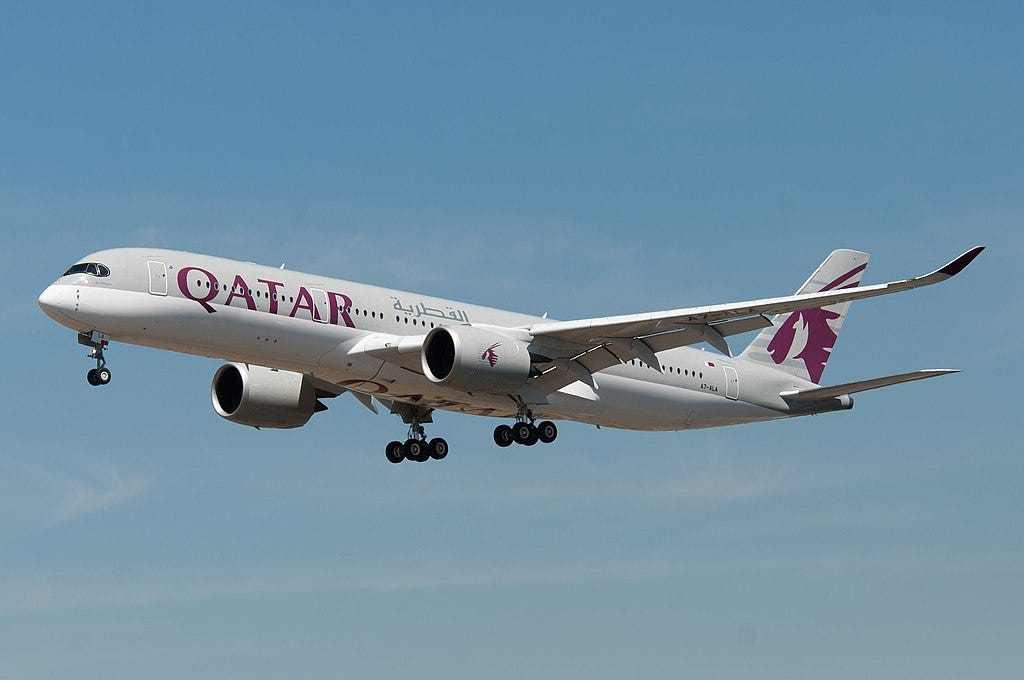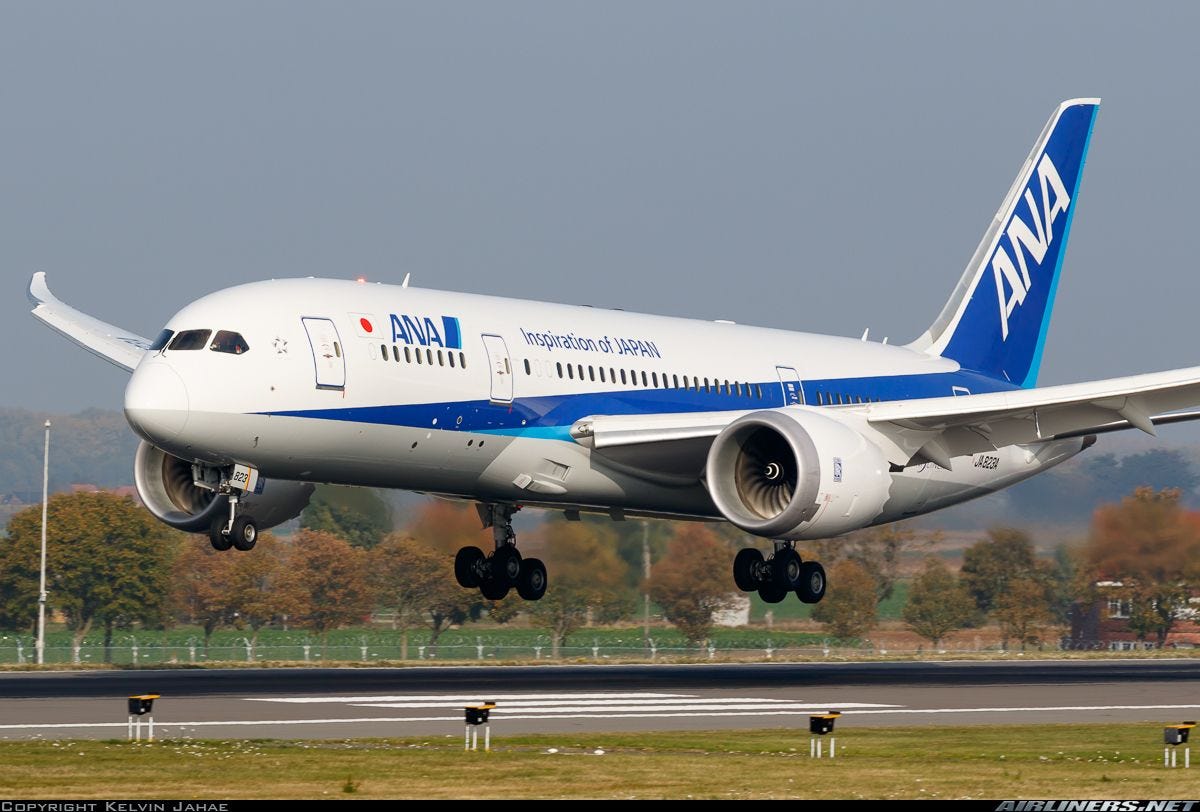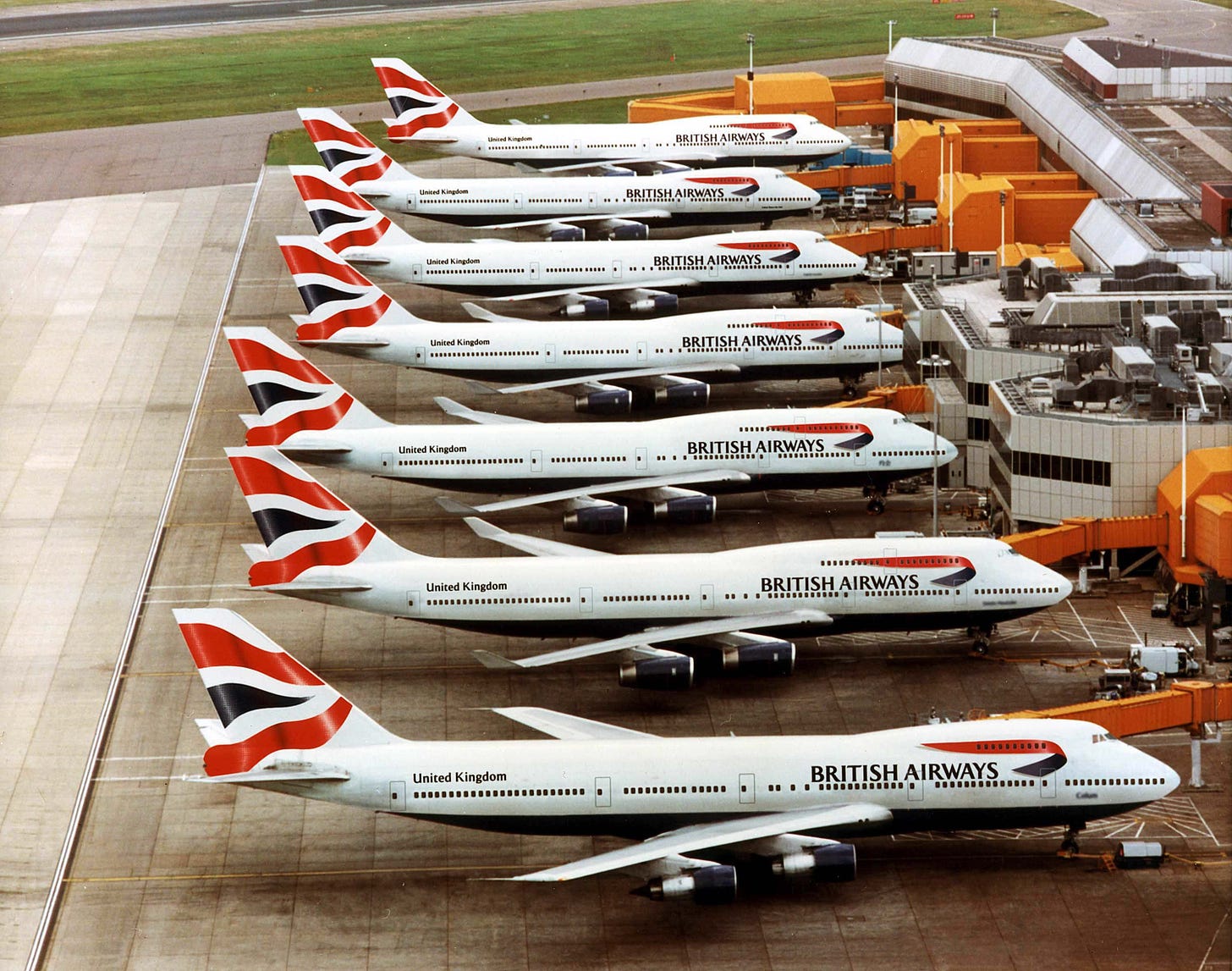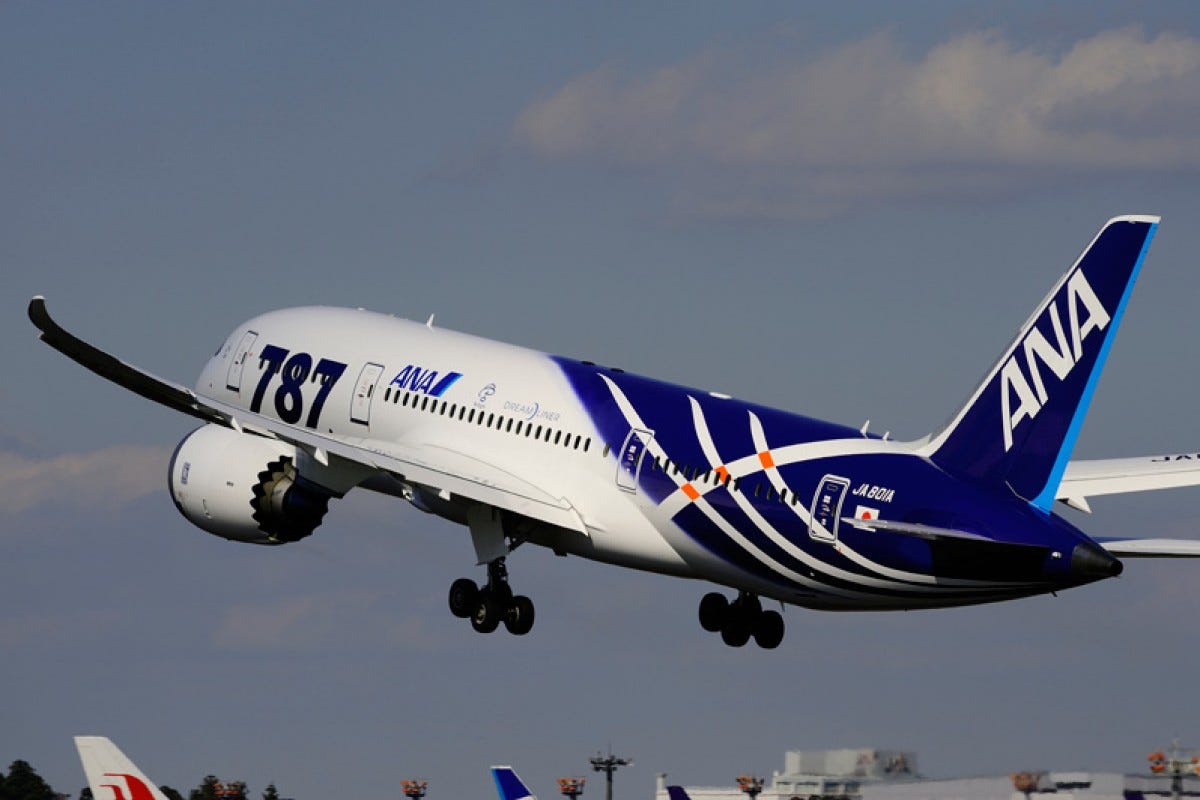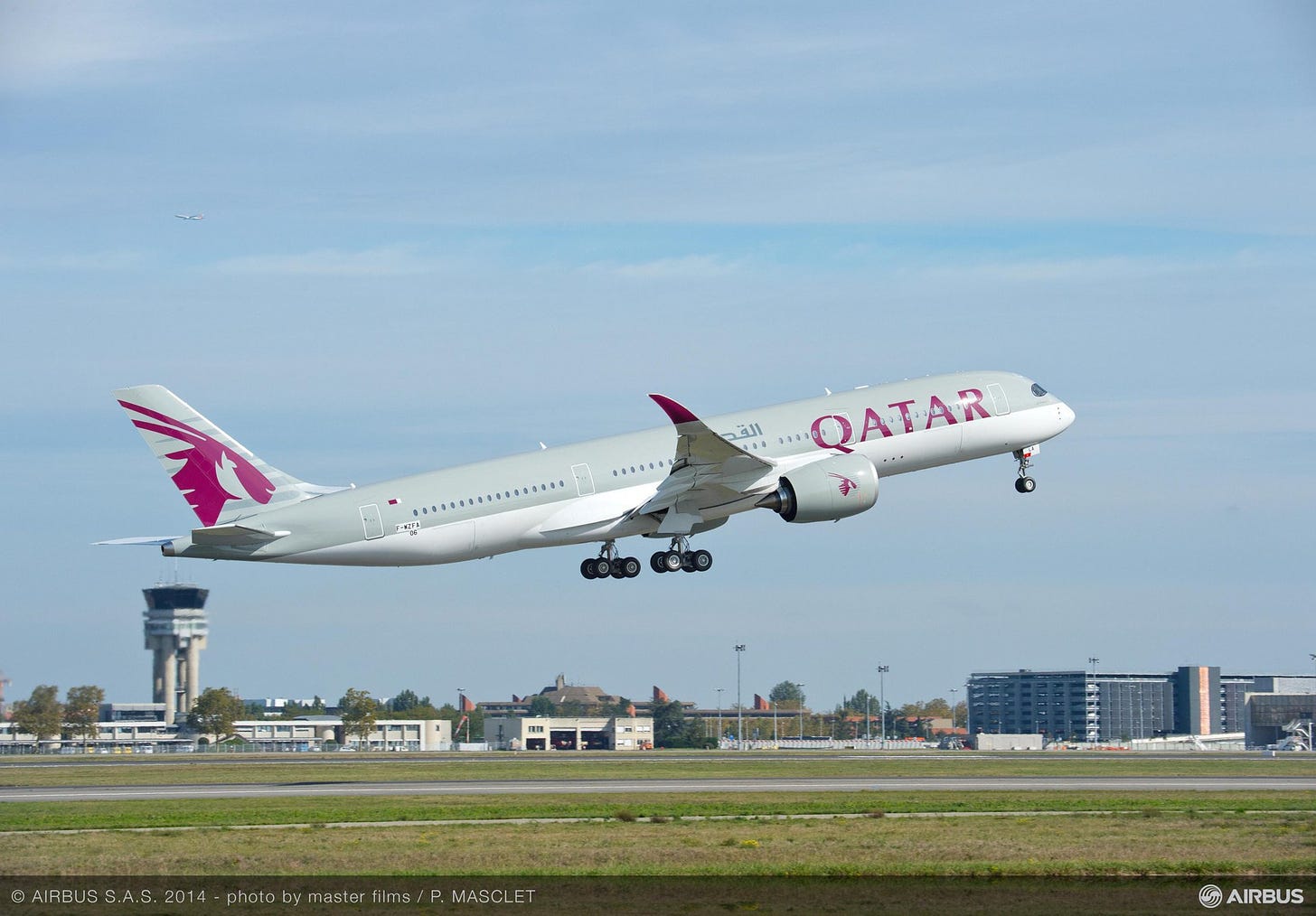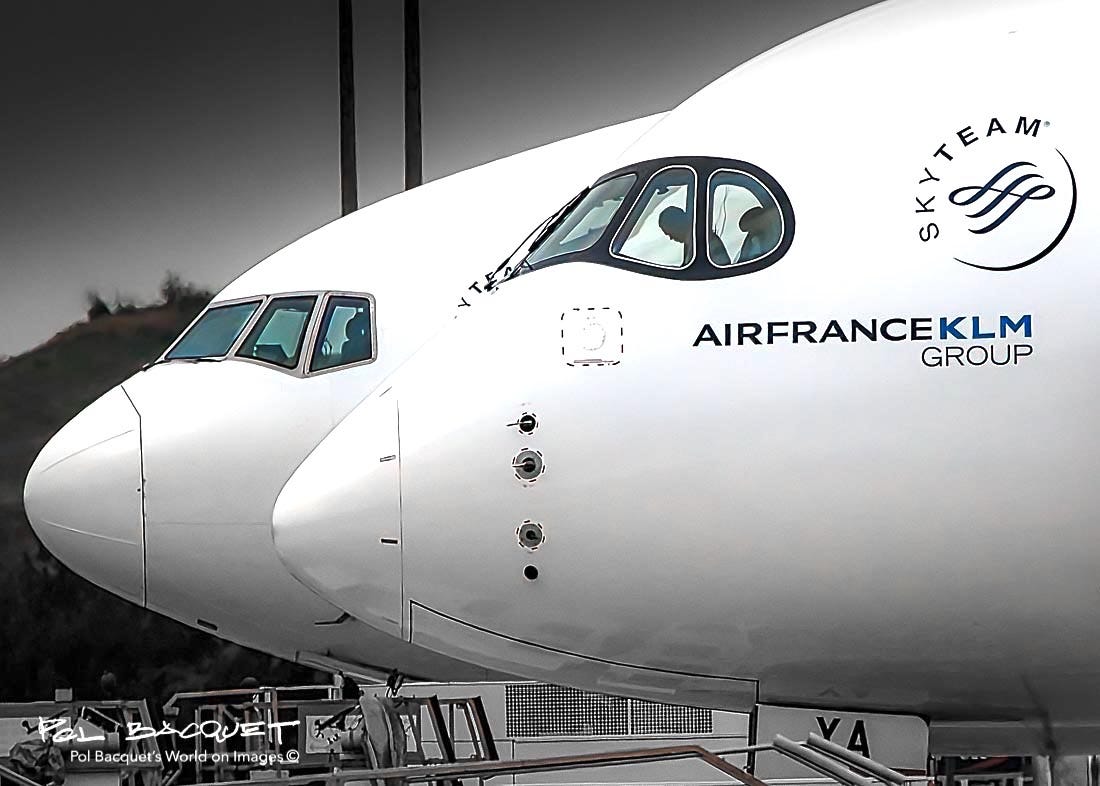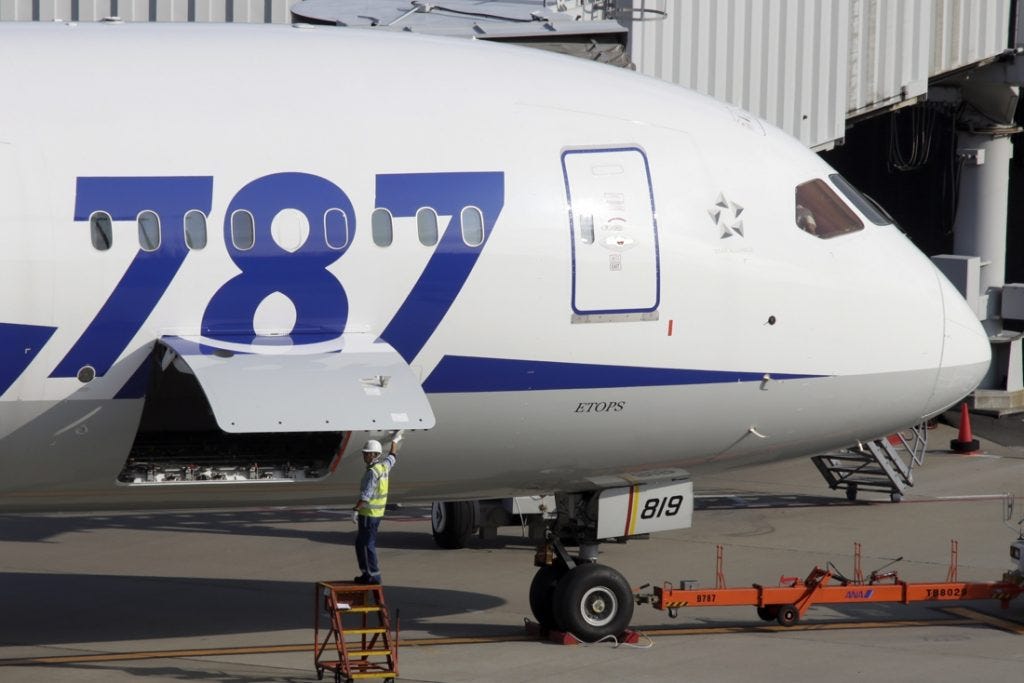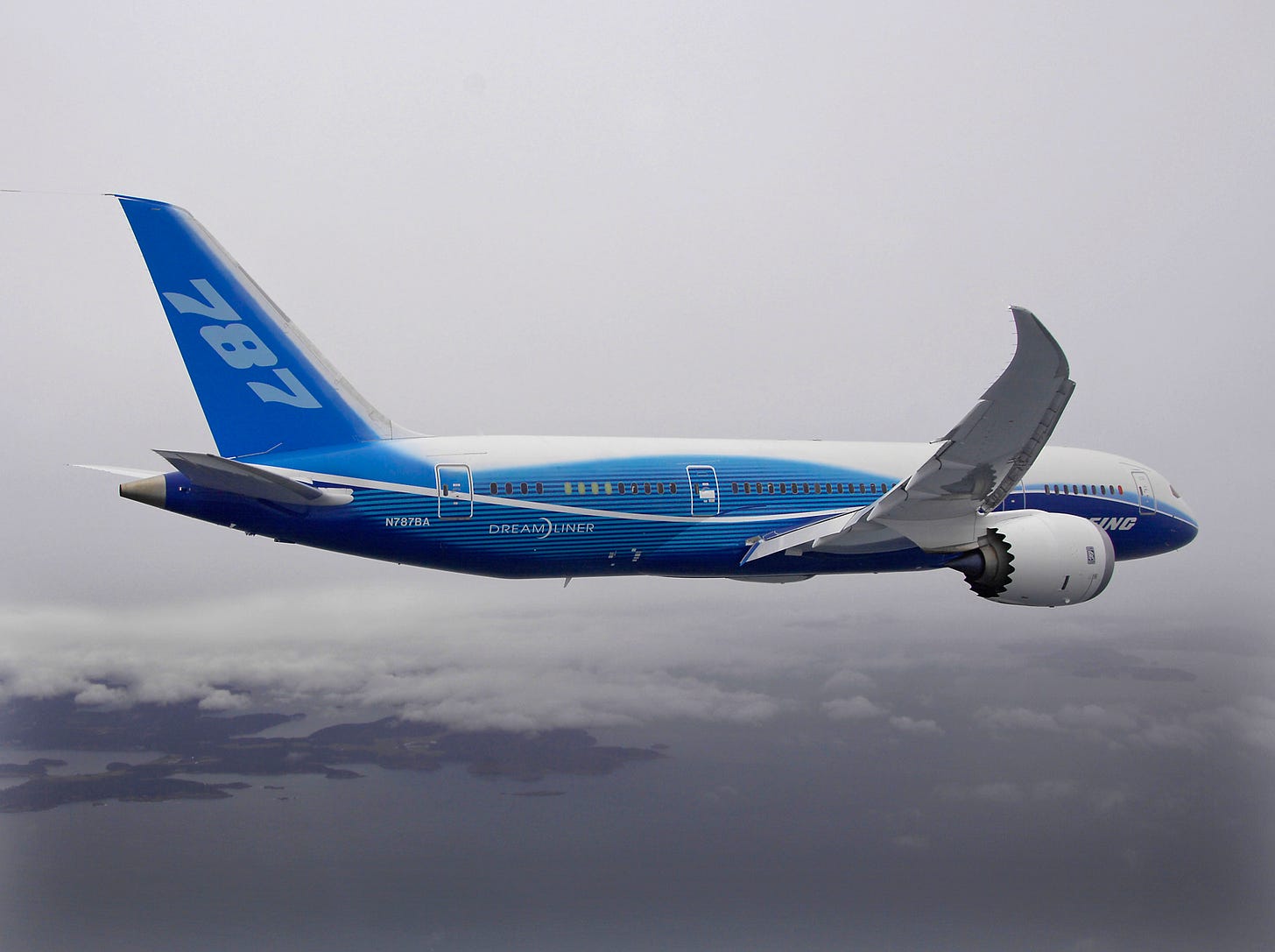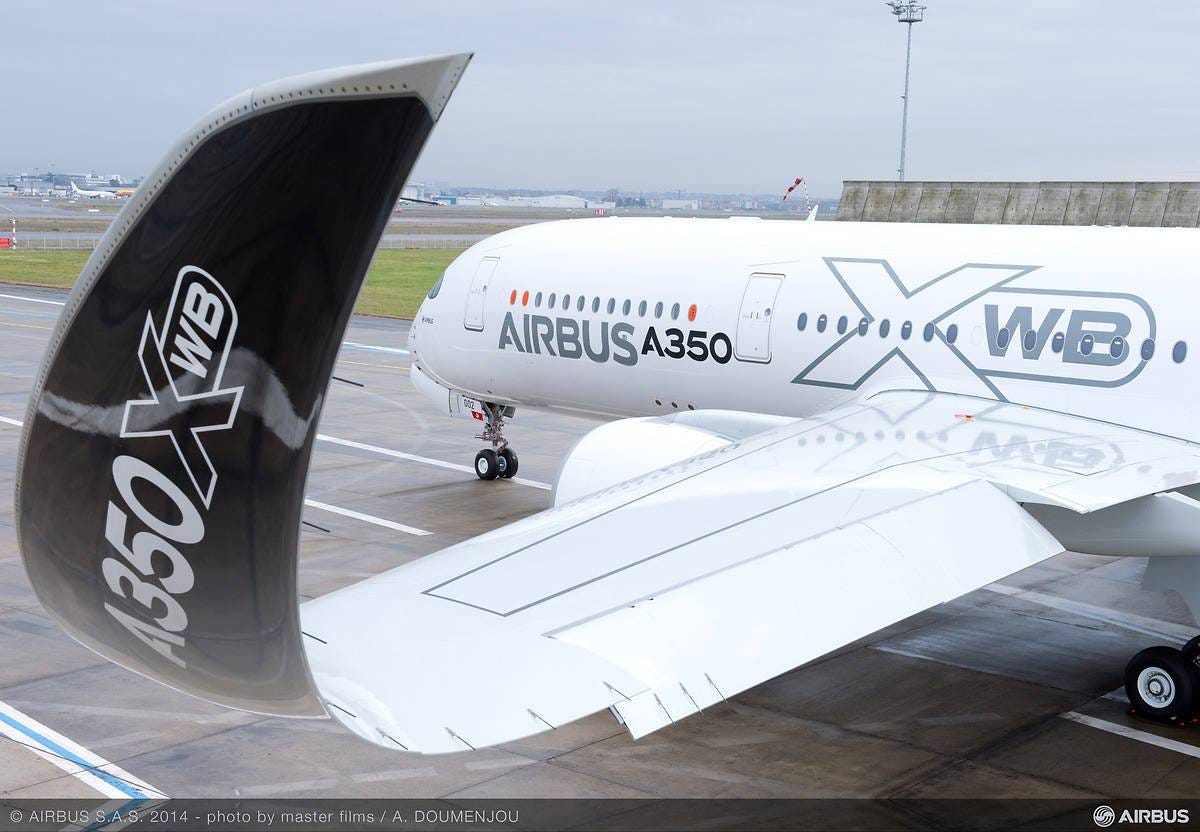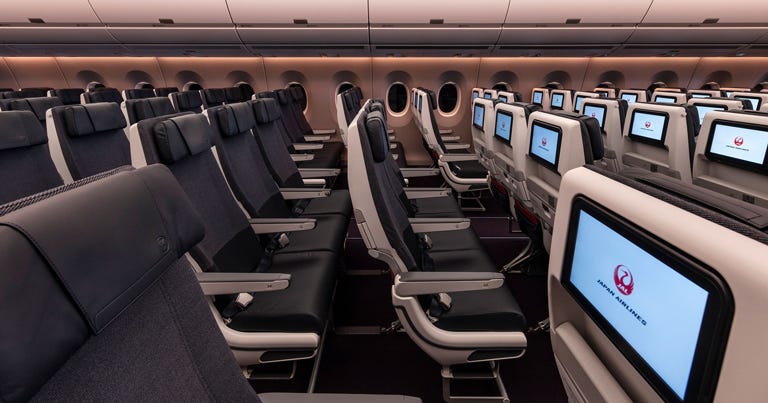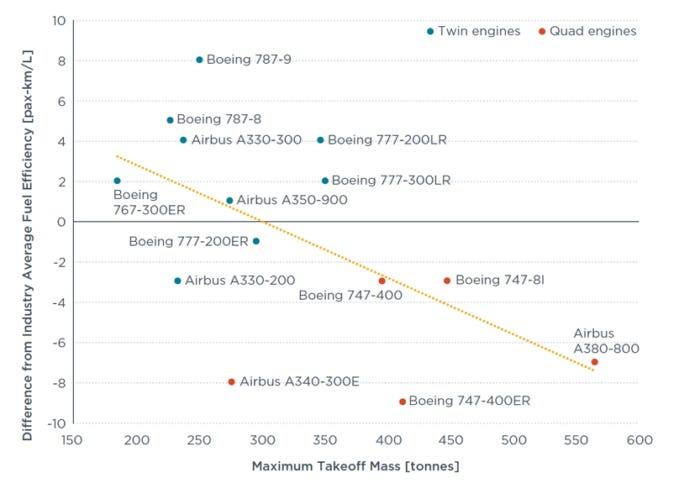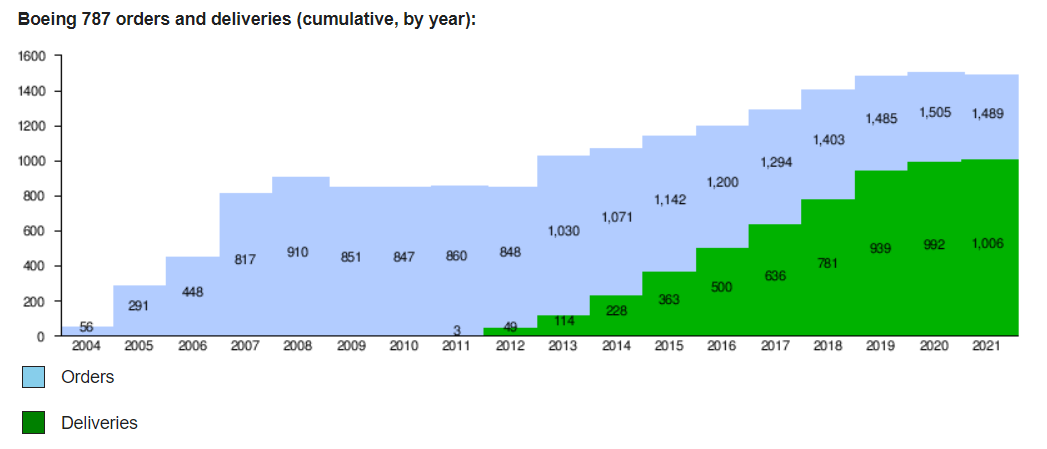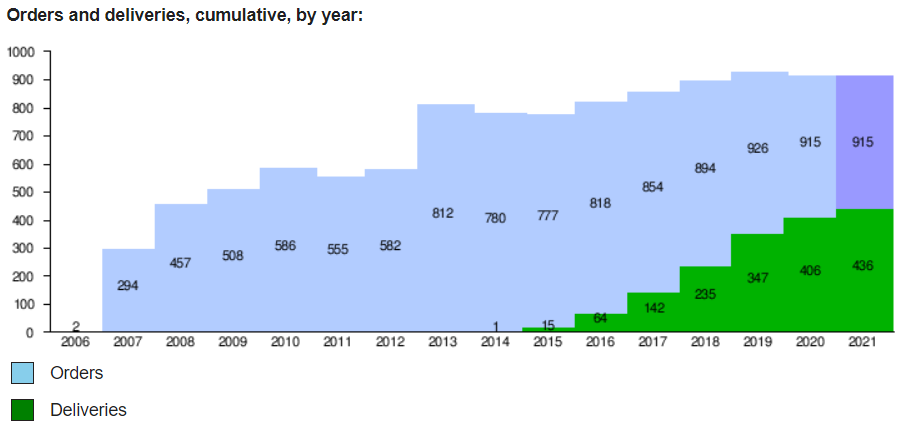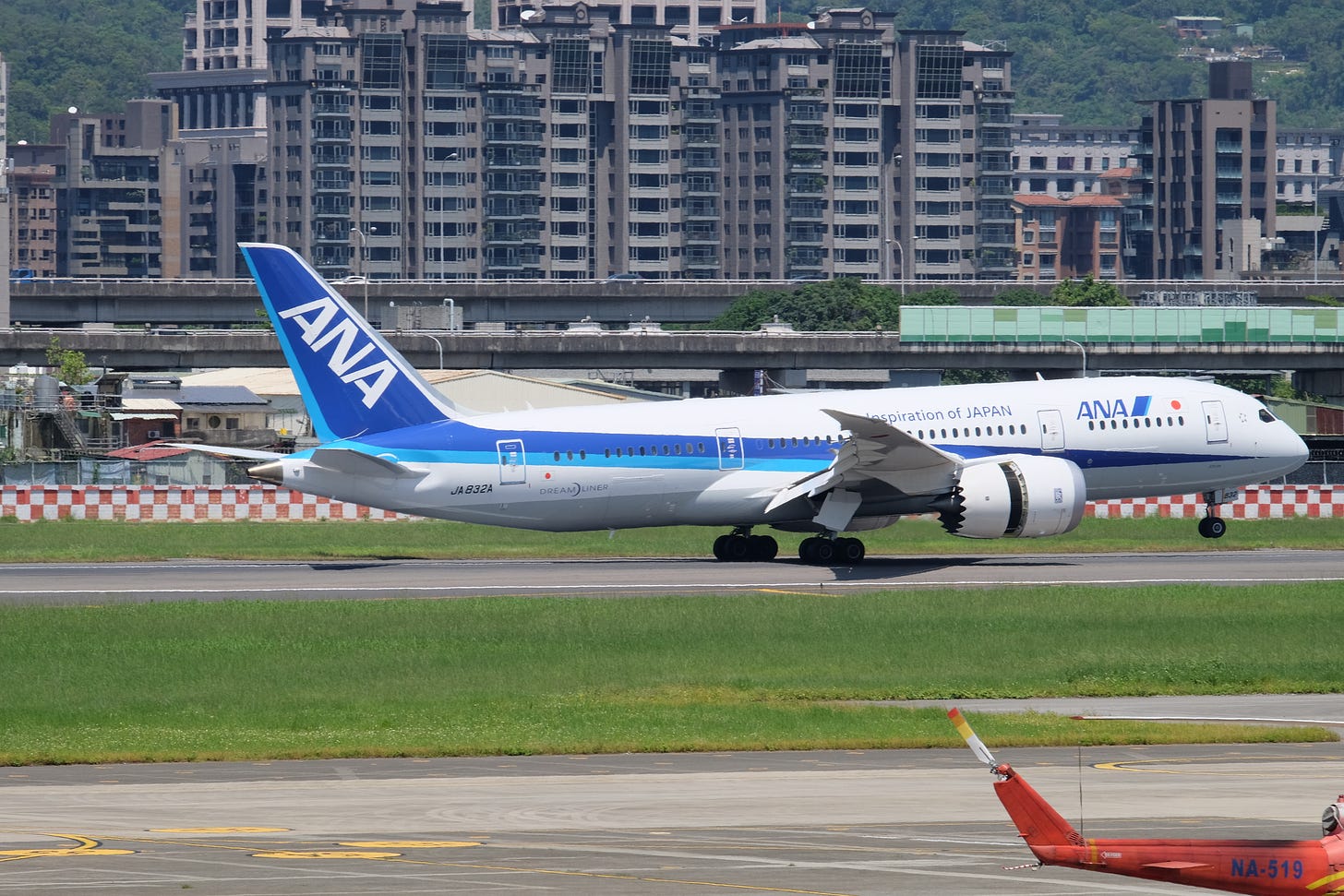Plane comparison: Airbus A350 vs Boeing 787
Last time, we discussed briefly the competition between Airbus and Boeing. So I decided to follow up with a comparison between two of the latest flagship aircraft from Airbus and Boeing. The Boeing 787 and the Airbus A350 are widely considered one of the prettiest aircraft in the sky, with a nice round nose, and a curvy wing design.
A bit of background…
During the 1990s, Boeing looked to replace the older Boeing 747-400 and the Boeing 767 as sales for those aircraft slowed. There were two ideas: one was to extend the Boeing 747 fuselage, the other was to design a new aircraft from scratch. However, by the turn of the century, fuel prices have increased, and demands have shifted. With a shift of a commercial model from the “hub and spoke” to the “point to point” system, airlines wanted a plane that could fly far, be fuel-efficient, and hold a reasonable amount of passengers.
So in 2009, after multiple delays, the Boeing 787 flew its first flight in Seattle, Washington, USA. And in 2011, the Boeing 787 entered service with launch-customer: All Nippon Airways. Although it ran into problems with the lithium battery of the aircraft, after Boeing fixed it, the 787 still flies strong to this day.
The Airbus A350 was a response by Airbus to Boeing’s 787. Initially, Airbus wanted to use an already existing, Airbus A330 design to compete against the 787. But they decided to design a new aircraft from scratch out of fear that critics would view the Airbus A350 as a “band-aid reaction” to the 787. So in 2013, the Airbus A350 flew its first flight, and in 2015, the Airbus A350 entered service with Qatar Airways as its launch customer.
Why are these two aircraft compared with each other? It’s not because they look similar. It’s because they were built in a similar time, with similar range and capacity. The Boeing 787 was the first to use mainly composite material for the fuselage instead of the usual aluminum sheets.
Design comparison
There are many variants of the A350 and the Boeing 787, so to be consistent, we will be comparing the Boeing 787-9 and the Airbus A350-900. Both feature a much smoother nose design compared to the previous aircraft.
The Boeing 787 is made of 50% composite material, meaning materials like carbon fiber, while the Airbus A350 is made of 53% composite material. Composite material generally helps with fuel efficiency as it makes the aircraft a lot lighter than if it were made of more traditional materials such as aluminum.
The Boeing 787 features a raked wingtip design while the Airbus A350 features an embedded winglet, meaning that instead of just having the wings being raked up like the 787, the A350 has a winglet that is almost combined with the wing to make one, smoothly flowing shape.
Capacity, range, and efficiency
When Airlines look at what aircraft to purchase, they look for which aircraft could offer the most efficient service. As mentioned in a previous article, airlines like to look at the measure of “cost per seat”. To reduce the cost per seat, airlines would want to look to decrease the costs and increase the number of seats there are on a given aircraft. The Airbus A350-900 typically holds from 300-350 passengers in a standard 3-class configuration, while the Boeing 787-9 in a 3-class configuration typically holds between 200 and 250 passengers. The Airbus A350 clearly has more seating capacity, considering that it is generally the larger aircraft.
The Boeing 787-9 can fly more than 14,000km, with the longest ever flight recorded on this aircraft being Qantas Flight 9, from Perth, Australia, to London, UK (14,500km). The Airbus A350-900 can fly up to 15,000km, with the longest recorded flight on the A350 being Singaporean Airlines Flight 23, from Singapore to New York, USA (15,300km). These aircraft have similar flying capabilities, with the A350 having the edge on flying range.
The Airbus A350-900 consumes around 5800 kg of fuel per hour while the Boeing 787-9 consumes around 5600 kg of fuel per hour, with the smaller variant, the Boeing 787-8, consuming around 4900 kg of fuel per hour. These two aircraft are quite similar in fuel capacity, with the Boeing 787 having the edge here.
Orders and Deliveries
Which aircraft do airlines prefer? A great way to look at this is to look at each aircraft’s orders and deliveries. For this, we will be comparing the entire aircraft family for the 787 and the A350. As of 2021, the Boeing 787 had 1489 orders and 1006 deliveries, while the Airbus A350 had 915 orders and 436 deliveries. Although the Boeing 787 had been around for 2 more years, the 787 is still more popular than the Airbus A350. This could largely be due to the fact that the Airbus A350-900 is worth 312 million USD while the Boeing 787-9 is worth around 292 million USD. Generally, the Boeing 787 family is cheaper than the Airbus A350 family. With comparable capacity, range, and better fuel efficiency, many airlines opt for the Boeing 787 over the Airbus A350.
Conclusion…
Is one aircraft really better than the other? Is the Boeing 787 better purely because of sales and efficiency? Is the Airbus A350 better for its higher capacity and range? Honestly, it doesn’t really matter. Airlines choose the plane that best suits their services, which doesn’t really make one better than the other. Both are great-looking aircraft with many innovative features. And as an aviation enthusiast, I just like to appreciate their design and the privilege of being able to watch these planes fly.
Thank you for tuning to this newsletter once again! This time, I decided to write about two of my favorite planes to follow up on the Airbus vs Boeing article. Please subscribe and share to get email notifications for more articles like this!


